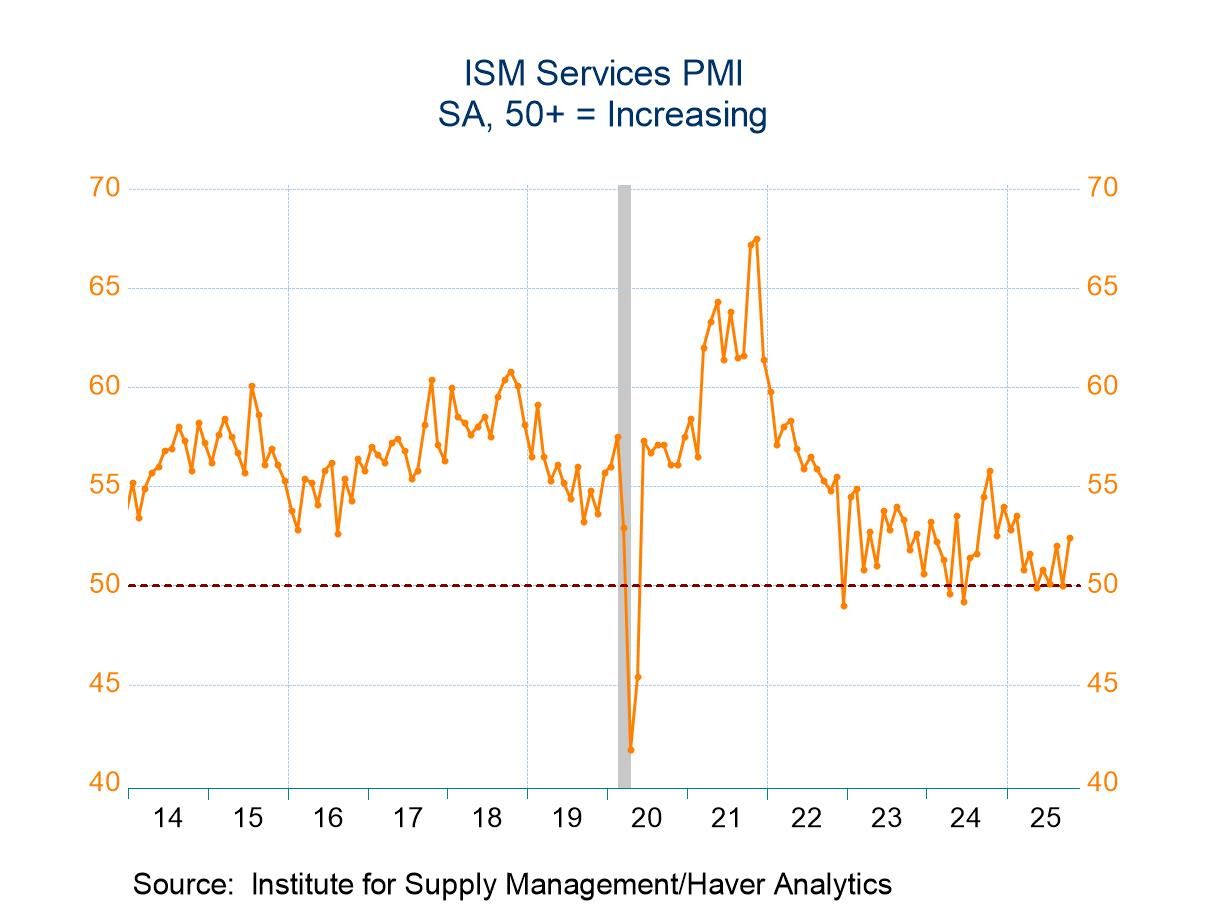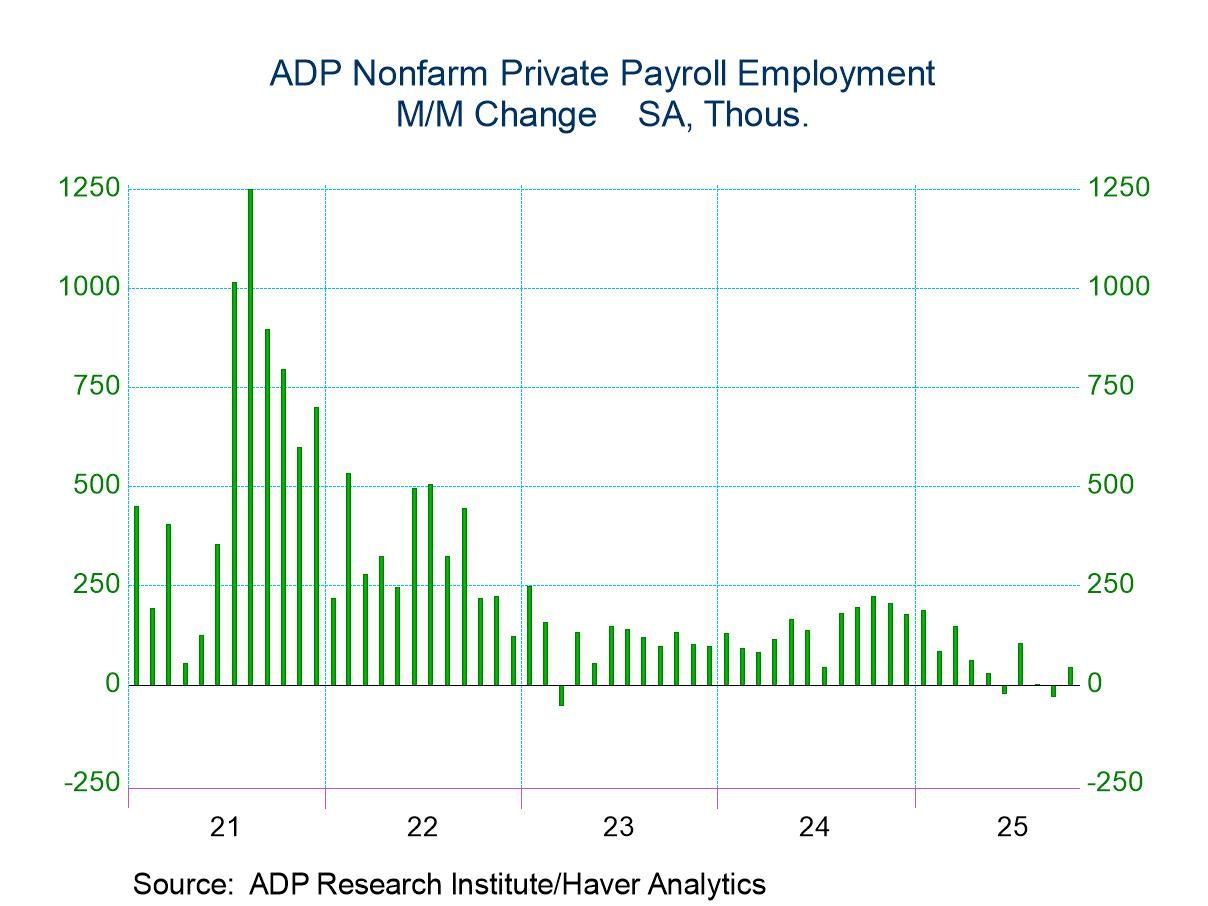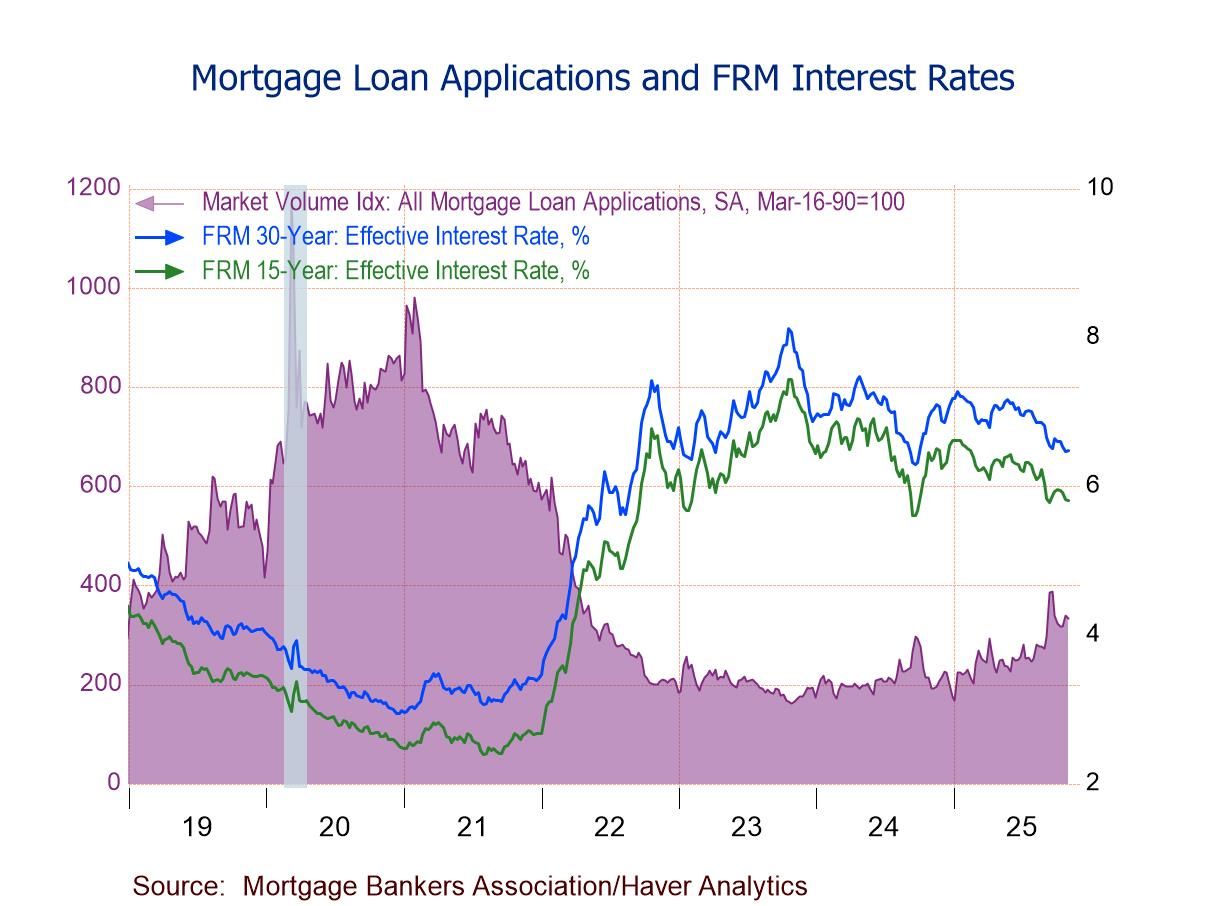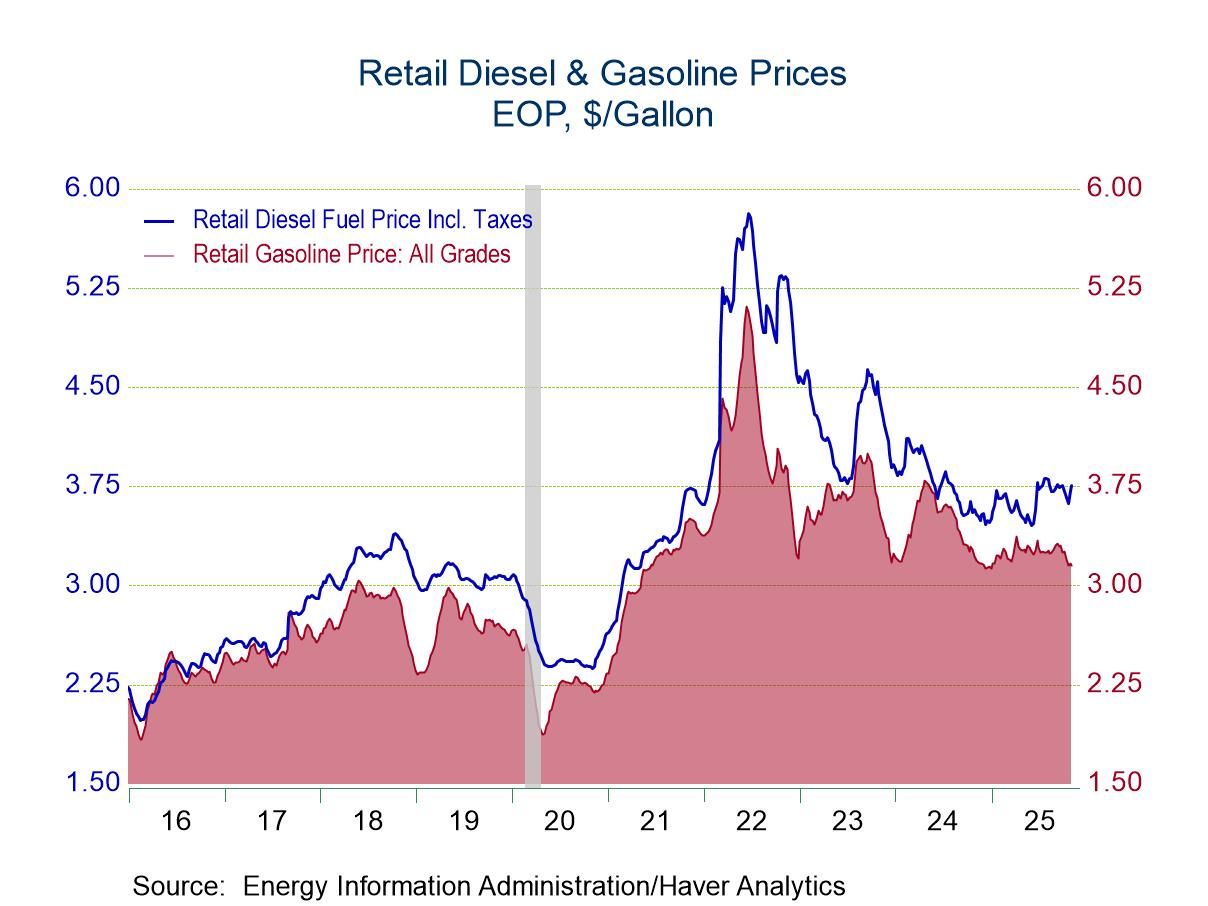 Global| Nov 23 2005
Global| Nov 23 2005Italian Consumer Confidence Improves in November as Inflation Concerns Moderate
Summary
Italy's private institute ISAE reported its monthly consumer survey results for November this morning. They show an improving trend in the overall confidence indicator, albeit well below the highs of about four years ago. The [...]

Italy's private institute ISAE reported its monthly consumer survey results for November this morning. They show an improving trend in the overall confidence indicator, albeit well below the highs of about four years ago. The indicator is 108.8 this month, 1980=100 and seasonally adjusted, up 3.2 points from October and well above the average of 101.5 for 2004.
Looking at some of the broad components, it's a little hard to see the total index's better than 7% improvement in people's confidence levels over last year's average level. Only the same tiny portion of survey respondents believe the "general situation" is getting better, and the number of those perceiving a worsening trend has declined only minimally. Household financial expectations rated a -7 in November, compared with -8 in 2004. Unemployment expectations seem still to be deteriorating. The share of respondents looking for unemployment to increase over the coming year was 48%, compared with 40% for last year as a whole and only 35% in 2002. This group has taken away from those expecting steady unemployment, which has fallen to 35% this month from 44% for 2004. These movements toward increasing concerns about unemployment extend a pattern that has prevailed since 2001. 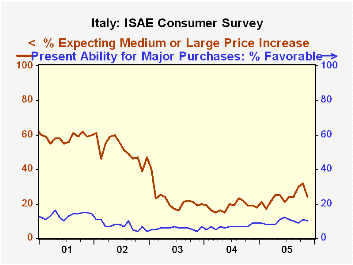
However, there are some positive hints on the inflation front. More consumers look for inflation to pick up than did so last year, but these are many fewer than expected so in 2001 and 2002. This is illustrated in the second graph, where it is also seen that the November figures show marked improvement from October. These price expectations are giving some aid to plans for "major purchases"; the outlook there is still absolutely negative, but it has stabilized in recent months. Referring to durable goods, the survey item "present ability for purchases" has a 10% "favorable" reading in November, up from 7 last year. The "unfavorable" reading is 58% compared with 58% last year. These hardly indicate a consumer spending boom on the horizon, but they do suggest that consumers are less stressed about the buying environment than they have been for some time.
| Italy ISAE Consumer Survey | Nov 2005 | Oct 2005 | Nov 2004 | 2004 | 2003 | 2002 | 2001 |
|---|---|---|---|---|---|---|---|
| Consumer Confidence Indicator (SA, 1980 =100) | 108.8 | 105.6 | 103.8 | 101.5 | 106.2 | 115.8 | 122.6 |
| General Situation Last 12 Mos. | |||||||
| Improving | 4 | 3 | 4 | 3 | 4 | 9 | 15 |
| Worsening | 72 | 77 | 76 | 77 | 73 | 54 | 43 |
| Price Trends Next 12 Mos. | |||||||
| Rapid Increase | 7 | 11 | 6 | 5 | 7 | 16 | 21 |
| Modest Increase | 17 | 21 | 13 | 14 | 15 | 35 | 37 |
| Flat | 47 | 41 | 52 | 54 | 51 | 31 | 25 |
| Unsure | 10 | 8 | 8 | 5 | 5 | 2 | 5 |
| Unemployment Next 12 Mos. | |||||||
| Large Increase | 14 | 17 | 13 | 8 | 8 | 7 | 7 |
| Modest Increase | 34 | 33 | 32 | 32 | 31 | 28 | 23 |
| Unchanged | 35 | 35 | 36 | 44 | 42 | 43 | 39 |
Carol Stone, CBE
AuthorMore in Author Profile »Carol Stone, CBE came to Haver Analytics in 2003 following more than 35 years as a financial market economist at major Wall Street financial institutions, most especially Merrill Lynch and Nomura Securities. She had broad experience in analysis and forecasting of flow-of-funds accounts, the federal budget and Federal Reserve operations. At Nomura Securities, among other duties, she developed various indicator forecasting tools and edited a daily global publication produced in London and New York for readers in Tokyo. At Haver Analytics, Carol was a member of the Research Department, aiding database managers with research and documentation efforts, as well as posting commentary on select economic reports. In addition, she conducted Ways-of-the-World, a blog on economic issues for an Episcopal-Church-affiliated website, The Geranium Farm. During her career, Carol served as an officer of the Money Marketeers and the Downtown Economists Club. She had a PhD from NYU's Stern School of Business. She lived in Brooklyn, New York, and had a weekend home on Long Island.


